The Impact of Import Tariffs on U.S. Domestic Prices

The United States imposed new import tariffs on about $283 billion of U.S. imports in 2018, with rates ranging between 10 percent and 50 percent. In this post, we estimate the effect of these tariffs on the prices paid by U.S. producers and consumers. We find that the higher import tariffs had immediate impacts on U.S. domestic prices. Our results suggest that the aggregate consumer price index (CPI) is 0.3 percent higher than it would have been without the tariffs
Just Released: August Regional Survey—Businesses See Tariffs Raising Prices
This week, we released our August surveys of manufacturers and service firms. Our Supplemental Survey Report, released this morning, reveals how businesses view the effects of recent trade policy on their costs, prices, sales, and profits. The results suggest that recent tariffs are raising both input costs and selling prices for local businesses, and these effects appear to be more widespread for manufacturers than for service firms.
Do Import Tariffs Help Reduce Trade Deficits?
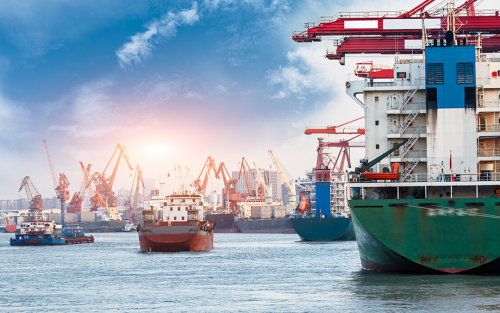
Import tariffs are on the rise in the United States, with a long list of new tariffs imposed in the last few months—25 percent on steel imports, 10 percent on aluminum, and 25 percent on $50 billion of goods from China—and possibly more to come on China and the auto industry. One of the objectives of these new tariffs is to reduce the U.S. trade deficit, which stood at $568.4 billion in 2017 (2.9 percent of GDP). The fact that the United States imports far more than it exports is viewed by some as unfair, so the idea is to try to reduce the amount that the nation imports from the rest of the world. While more costly imports are likely to reduce the quantity and value of imports into the United States, the story does not stop there, because we cannot presume that the value of exports will remain unchanged. In this post, we argue that U.S. exports will also fall, not only because of other countries’ retaliatory tariffs on U.S. exports, but also because the costs for U.S. firms producing goods for export will rise and make U.S. exports less competitive on the world market. The end result is likely to be lower imports and lower exports, with little improvement in the trade deficit.
Will New Steel Tariffs Protect U.S. Jobs?
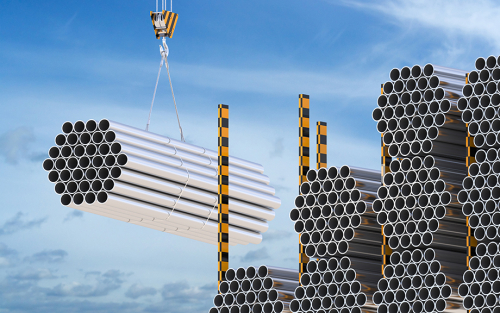
President Trump announced a new tariff of 25 percent on steel imports and 10 percent on aluminum imports on March 8, 2018. One objective of these tariffs is to protect jobs in the U.S. steel industry. They were introduced under a rarely used 1962 Act, which allows the government to impose trade barriers for national security reasons. Although the tariffs were initially thought to apply to all trading partners, Canada and Mexico are currently exempt subject to NAFTA negotiations, and implementation of the tariffs for the European Union, Argentina, Australia, and Brazil has been paused. South Korea has received a permanent exemption from the steel tariffs and will instead by subject to a quota of 70 percent of its current average steel exports to the U.S. In this post, we consider how the steel tariffs could affect U.S. trade and employment. We focus on steel since the steel industry employs about three times as many workers as the aluminum industry, although qualitatively our conclusions apply to both. We argue that the new tariffs are likely to lead to a net loss in U.S. employment, at least in the short to medium run.
The Evolution of Mexico’s Merchandise Trade Balance
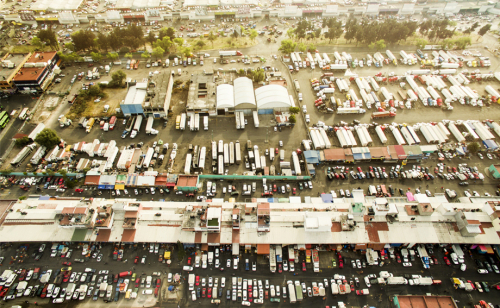
Mexico runs a trade surplus with the United States owing to oil exports and cross-border supply chains, with imported U.S. components assembled in Mexico and then exported back to the United States. At the same time, Mexico runs a large trade deficit with Asia, the result of a surge of imports from that region over the past two decades. From Mexico’s perspective, this growing deficit with Asia has worked to offset an increasing trade surplus with the United States. More recently, the country’s merchandise balance suffered a substantial deterioration with the collapse of petroleum prices in late 2014. The balance has subsequently staged a modest recovery, as Mexico’s demand for Asian goods has cooled while the surplus with the United States (excluding petroleum trade) continues to trend higher. These developments have helped Mexico reduce its need to borrow more from the world to make up for lost petroleum export revenues.
Why Renegotiating NAFTA Could Disrupt Supply Chains
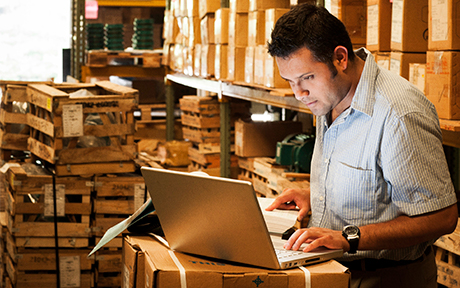
Supply chains, where production of a final good incorporates specialized parts produced abroad, have become increasingly interlinked across the U.S.-Mexico border. The North American Free Trade Agreement (NAFTA) allows tariff-free commerce between the United States, Canada, and Mexico, has facilitated this integration. Some critics of NAFTA are concerned about the bilateral trade deficit and have proposed stricter rules of origin (ROO), which would make it more cumbersome for firms to access the zero tariff rates they are entitled to with NAFTA. We argue that measures that make it costlier for U.S. firms to import will also hurt exports because much of U.S.-Mexican trade is part of global supply chains.
U.S. Exporters Could Face High Tariffs without NAFTA
Will the United States Benefit from the Trans‑Pacific Partnership?
U.S. involvement in what could be one of the world’s largest free trade agreements, the Trans-Pacific Partnership (TPP), has garnered a lot of attention, especially since the entry of Japan into negotiations last year.
Does Import Competition Improve the Quality of Domestic Goods?
Firms must produce high-quality goods to be competitive in international markets, but how do they transition from producing low- to high-quality goods?
How Has the Business of International Banking Changed?
In this post, I focus on the broad historical progression of international banking activity.










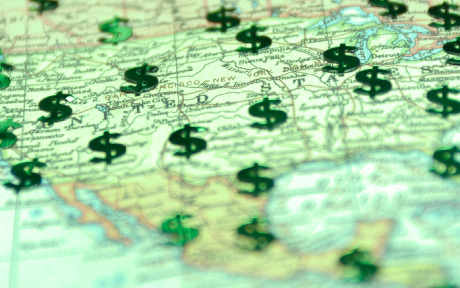
 RSS Feed
RSS Feed Follow Liberty Street Economics
Follow Liberty Street Economics